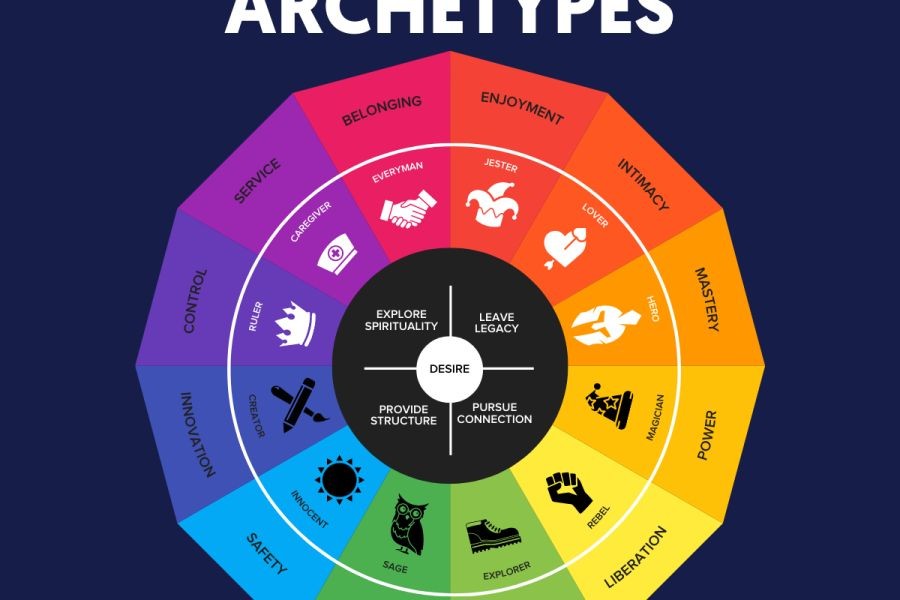In the thriving entrepreneurial ecosystem of New Zealand, launching a new product can be a daunting yet rewarding endeavor. As the country's market dynamics continuously evolve, understanding the intricacies of a product launch is crucial for success. Did you know that according to the Ministry of Business, Innovation and Employment (MBIE), over 60% of new businesses in New Zealand fail within the first three years due to inadequate market research and planning? This statistic highlights the importance of a well-thought-out strategy when introducing a new product to the Kiwi market.
The New Zealand Market Landscape
Before diving into the product launch process, it is essential to understand the unique characteristics of the New Zealand market. With a population of over 5 million people, New Zealand's market is relatively small but diverse, with consumers who are known for their high standards and preference for quality and sustainability. The country's strong focus on environmental conservation and ethical business practices makes it imperative for businesses to align their products with these values.
Industry Trends and Opportunities
New Zealand is experiencing significant growth in sectors such as technology, agriculture, and tourism. According to Stats NZ, the technology sector alone contributes over NZD 12 billion to the economy annually, making it a lucrative industry for new product launches. Similarly, the agriculture sector, a traditional stronghold, continues to innovate with sustainable practices, opening doors for eco-friendly products.
Step-by-Step Guide to Launching Your Product
Launching a product involves several critical steps. Below is a comprehensive guide tailored for the New Zealand market.
1. Market Research and Validation
Conduct thorough market research to understand your target audience, their needs, and the competitive landscape. Utilize resources such as the Reserve Bank of New Zealand's economic reports and consumer insights from academic institutions like the University of Auckland to validate your product idea.
2. Product Development and Testing
Develop a prototype and conduct rigorous testing to ensure your product meets the expectations of discerning Kiwi consumers. Consider collaborating with local universities or innovation hubs for testing and feedback.
3. Regulatory Compliance
Ensure your product complies with New Zealand's regulatory standards. The New Zealand Trade and Enterprise (NZTE) provides guidance on compliance requirements, including safety standards and environmental regulations.
4. Pricing Strategy
Determine a competitive pricing strategy by analyzing market trends and consumer purchasing power. The Reserve Bank of New Zealand's inflation reports can provide insights into pricing adjustments needed to remain competitive.
5. Marketing and Promotion
Leverage digital marketing strategies to reach your target audience effectively. Platforms like Trade Me and social media channels are popular among New Zealanders. Incorporate storytelling and local success stories to resonate with the audience.
Case Study: Eco-Friendly Cleaning Products
Let's examine a successful product launch in New Zealand: the introduction of eco-friendly cleaning products by a local startup.
Problem
The startup identified a growing demand for sustainable and non-toxic cleaning products as consumers became more environmentally conscious.
Action
They conducted market research and partnered with local suppliers to source eco-friendly materials. Their marketing campaign emphasized the product's environmental benefits, aligning with New Zealand's sustainability values.
Result
Within a year, the startup captured 15% of the market share in the eco-friendly cleaning segment, with sales growing by 35% annually (Source: NZ Business Insights 2023).
Takeaway
This case study underscores the importance of aligning product offerings with consumer values and leveraging local partnerships to enhance product credibility.
Pros and Cons of Launching a Product in New Zealand
Pros
- Market Receptiveness: New Zealanders are open to innovative products, especially those that offer sustainable solutions.
- Strong Support Network: There are various government initiatives and grants available to support startups and new product launches.
- High-Quality Standards: Products that meet the high-quality expectations of Kiwi consumers often find loyal customer bases.
Cons
- Small Market Size: The limited population can restrict potential market size and revenue growth.
- Strict Regulatory Environment: Compliance with local regulations can be complex and time-consuming.
- High Competition: Certain sectors, like technology, are highly competitive, requiring unique value propositions to stand out.
Common Myths and Mistakes
Myth: New Zealanders Prefer Imported Goods
Reality: While imported goods are popular, there is a strong preference for locally made, sustainable products that support the local economy.
Myth: Low Prices Guarantee Success
Reality: Consumers in New Zealand value quality and sustainability over low prices. A well-priced, high-quality product is more likely to succeed.
Mistake: Ignoring Cultural Nuances
Solution: Understand and respect the cultural values of New Zealand, including the importance of community and environmental stewardship, to build strong brand loyalty.
Future Trends and Predictions
Looking ahead, the product launch landscape in New Zealand is set to evolve with technological advancements and changing consumer preferences. According to a Deloitte report, by 2028, 40% of New Zealand businesses are expected to adopt AI-driven marketing strategies, enhancing personalization and customer engagement. Additionally, the focus on sustainable and ethical products will continue to grow, driven by both consumer demand and regulatory frameworks.
Conclusion
Launching a product in New Zealand presents unique challenges and opportunities. By understanding the local market dynamics, aligning with consumer values, and adhering to regulatory standards, businesses can successfully navigate the product launch process. Are you ready to bring your product to the Kiwi market? Start by conducting thorough research and leveraging local resources for a successful launch.
People Also Ask
- How does launching a product in New Zealand differ from other countries? New Zealand's emphasis on sustainability and quality requires products to align with these values, unlike markets focused solely on price.
- What are the biggest challenges in launching a product in New Zealand? Navigating strict regulatory requirements and competing in a small but competitive market are significant challenges.
- What sectors offer the most opportunities for new products in New Zealand? Technology, agriculture, and eco-friendly products are sectors with significant growth potential.
Related Search Queries
- How to start a business in New Zealand
- New Zealand product launch strategies
- Top industries in New Zealand for startups
- Sustainability in New Zealand businesses
- Regulatory compliance for new products in NZ































